What You Need for PCB Packaging and Shipping
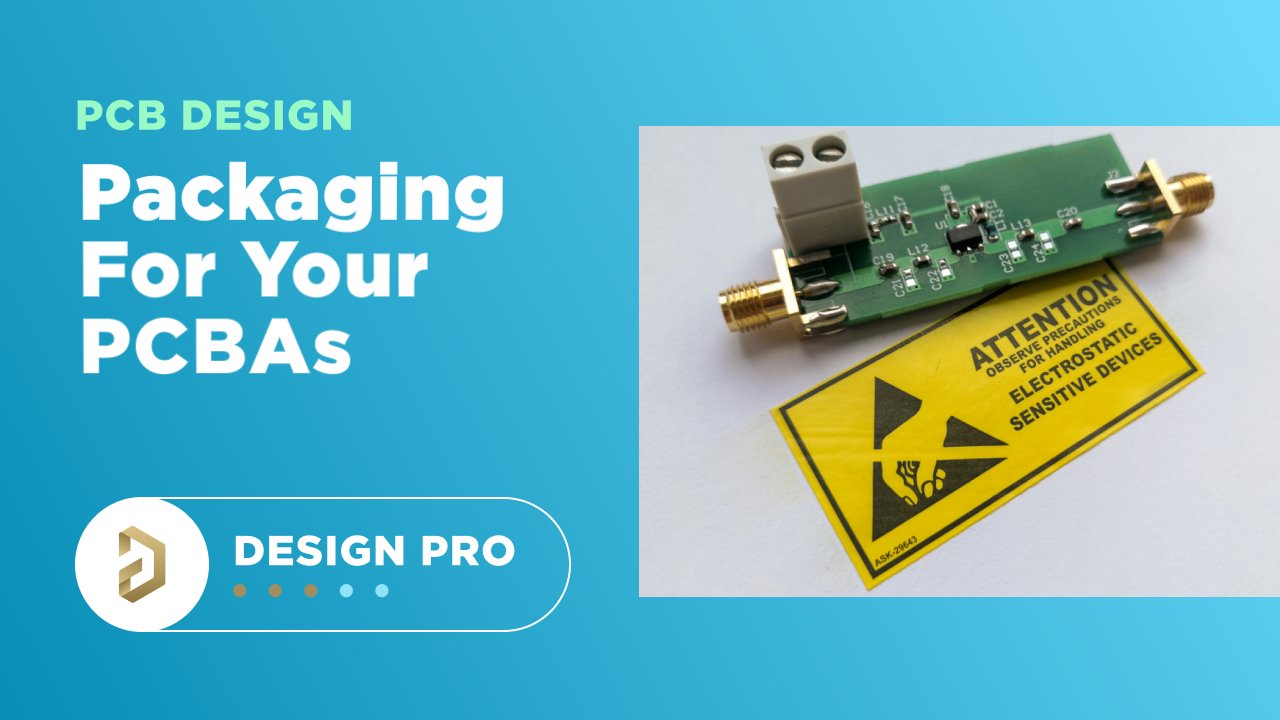
Table of Contents
When you get your PCBA back from an assembler, you’ll notice the packaging materials used to pack and ship the PCBA. Those materials are specific to electronics, and if you build products on behalf of clients, it’s important to know the packaging materials used for packing and shipping electronics.
In this article I’ll show the main set of materials and equipment used to package electronics assemblies. If you’re like me and you handle PCBAs on behalf of customers, it’s always a good idea to have your own packaging. It makes you look much more professional, and it is an important investment that helps prevent damage to a PCBA.
PCB Packaging Materials
The supplies shown below can be purchased from online industrial supply vendors like U-line, or you can find some of these supplies on websites like Amazon, Ebay, or Alibaba. Any presentation of a product or distributor mentioned in this article is not an official endorsement by myself or by Altium.
Antistatic Bags
Probably the most common way to professionally seal an assembled PCB is to use an antistatic bag. These bags are available in many sizes and they are designed to be sealed to protect an electronic device. Some of these bags have a ziplock-style seal, or they can be sealed with a vacuum sealer (see below).
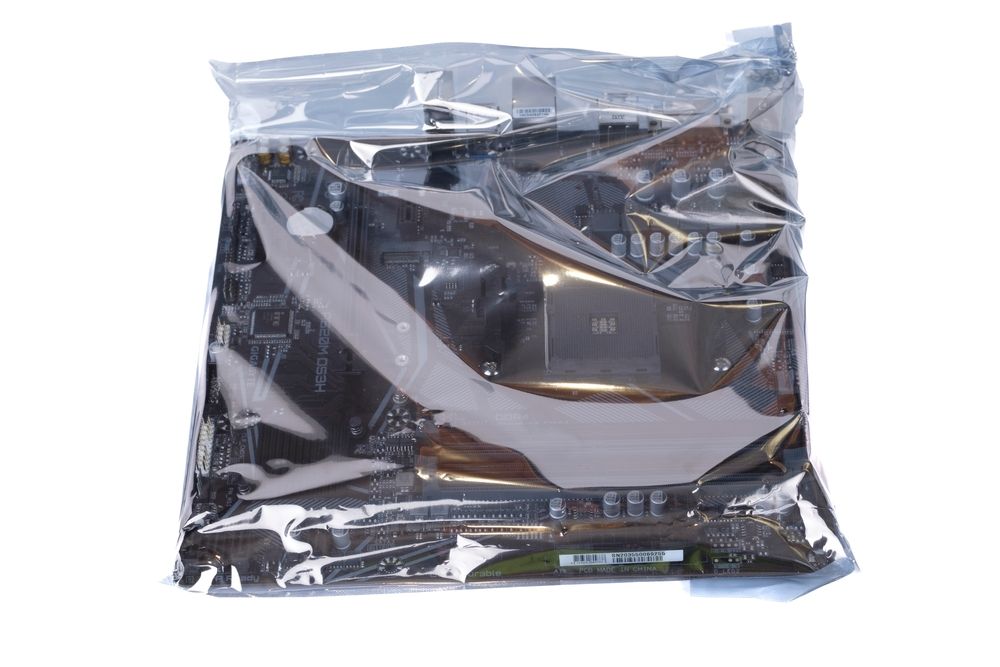
Some antistatic bags are also moisture-barrier bags, so they will resist diffusion of water through the outside surface of the bag. However, very small openings around the opening of the packaging can still allow humid air to enter the bag. Also, even if the bag is sealed, it will still have humid air inside the packaging. For these reasons, you should take additional measures to protect against moisture.
Desiccant Packets
Remember those packets you see packaged with some electronics or clothing items? Those packets contain a desiccant (normally silica beads). A desiccant will adsorb water from the air so that it does not deposit and accumulate on your electronics. The packets are made from an antistatic paper material, so these can be placed inside the main packaging you’re using for the PCBA.
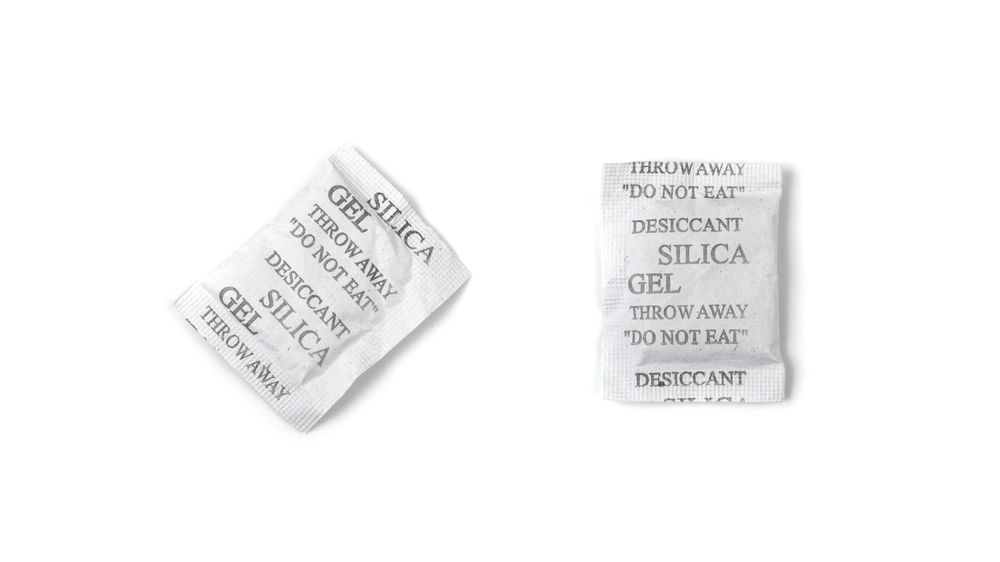
Vacuum Sealer
This won’t be needed for every PCBA you ship, but it is important for packaging boards with moisture-sensitive components. Vacuum sealers come in a variety of sizes, and there are industrial versions that will work with large antistatic bags. Not all antistatic bags will be sealable with a vacuum sealer, so make sure you check the information on your particular bag and sealer before you make your purchases.
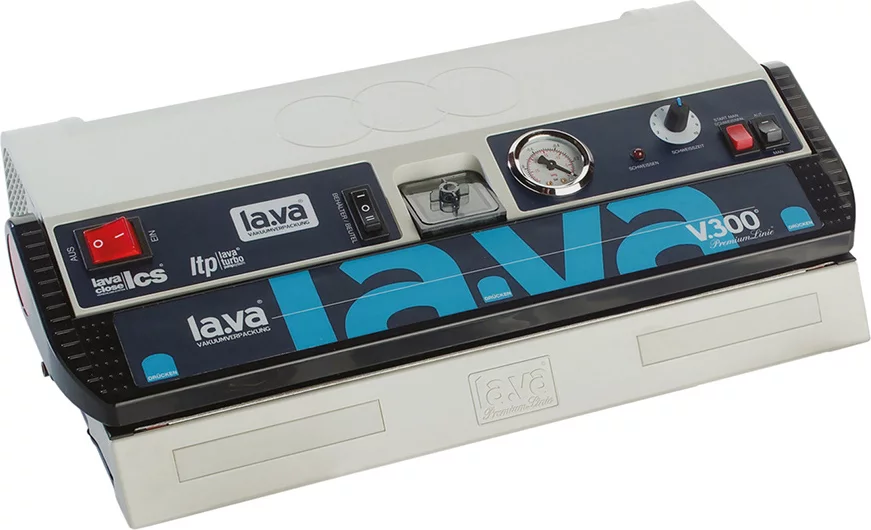
One tempting option for vacuum sealing electronics is to use a home vacuum sealer for food. These vacuum sealers might not be compatible with your particular antistatic bags due to the sealing temperature required. Make sure to test your bags with a home vacuum sealer or a commercial kitchen sealer if you intend to use it for electronics packaging.
Antistatic Tape
Standard tapes (such as scotch tape) can accumulate a lot of static electricity, so they should also not be used to seal packaging for electronics. The tape shown below is specifically used for electronics as it is an antistatic tape. This can be used to seal packaging that is not vacuum sealed, or it can be used to fold over packaging so that it is more compact.
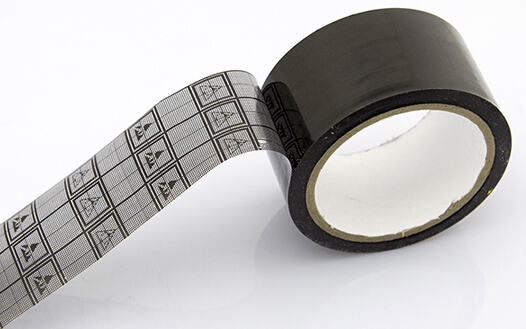
ESD Warning Stickers
After placing a device in an antistatic bag, it is a standard practice to place a sticker on the package that shows an ESD warning. If you packaged a device in an antistatic bag and the device does not need vacuum sealing, you can seal the package with an ESD warning sticker. These stickers are also available in rolls and in a variety of styles. An example is shown below.

Antistatic Padded Boxes
I don’t use these boxes very often except when the assembly is very bulky. One example is in the network switches our company builds; these can have a very large modular connector that stands above other components on the board. A padded box can support these boards much better than a simple antistatic bag. The other benefit of these for customers is that they are reusable and can be used for long-term storage.
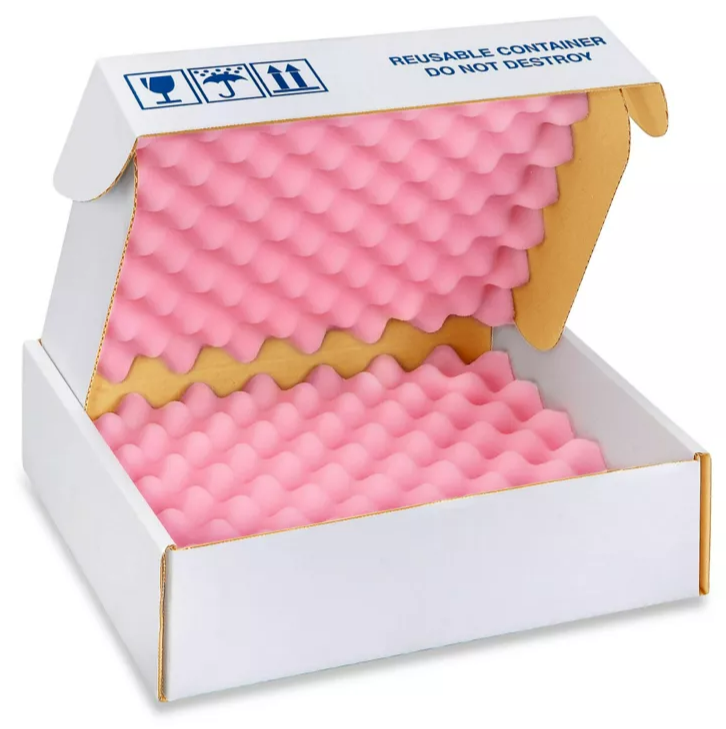
Antistatic Bubble Wrap
If you’ve packaged your device with an antistatic bag, you would then put it in a box with some bubble wrap to protect the package from bumps or drops. Standard bubble wrap can accumulate static electricity, so it is not recommended for shipping electronics. Fortunately there is antistatic bubble wrap that can be used to package electronics before shipping. Most antistatic bubble wrap is pink and is available in large rolls. There are also antistatic bubble wrap bags that can be used for packaging (see below).
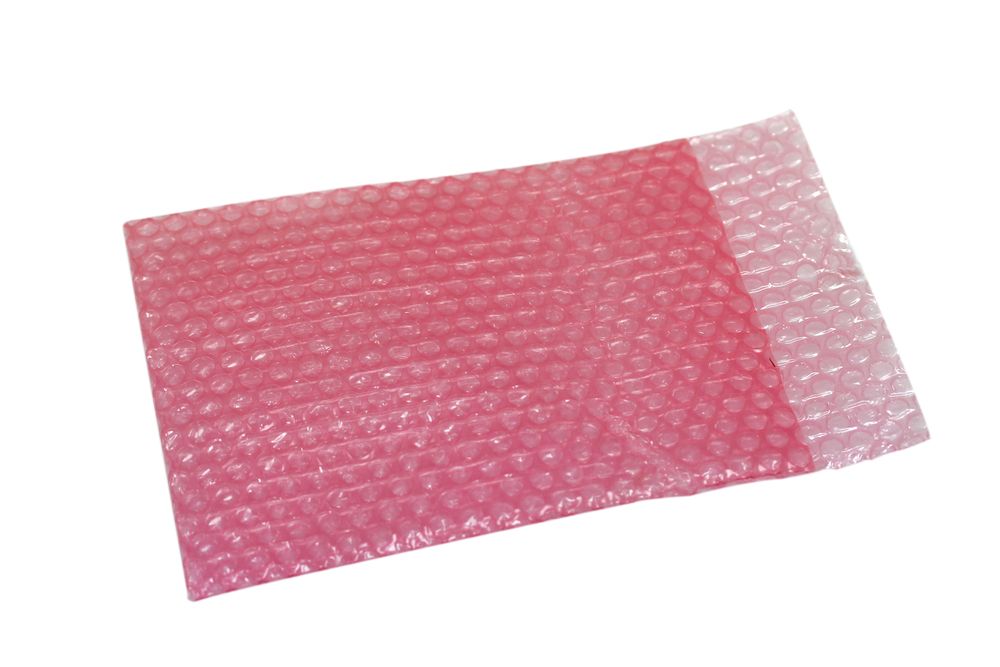
What About Components?
The products I’ve shown above were all presented for PCB packaging, but you can use the same products to package components. If you’re like me, and you buy batches of parts for clients before starting a manufacturing run, then you will need to repack these and consign them to your assembly house when it’s time to produce a board. So, you’ll want to keep some packaging items around so that you can ship components properly.
When shipping components, try not to remove parts from a reel unless you have to, it’s undesirable to send loose parts. Instead, it’s best to cut the reel so that the components are still packaged inside the tape. The assembler can then add on leaders so the cut real will fit into a pick-and-place machine. For components in tray packaging, you won’t have much of a choice and you will have to ship loose components; in this case place the components in an antistatic padded box with desiccant and seal it tightly. If you’re ever unsure of how to package parts, make sure to call or email your assembler.
For moisture-sensitive components, make sure to vacuum seal the packaging, include desiccant, and include a moisture indicator. If you look inside electrostatic packages of moisture-sensitive components, you’ll find the same desiccant packets I show above. In total, the packaging materials I show above will cost about $100. The vacuum sealer is another matter and its cost can range greatly, depending on the size of the sealer. However, these tools will help you look much more professional, and they will assure customers of the quality of your work.
Once you’re ready to produce your designs, make sure you use the complete set of deliverable features in Altium Designer® to prepare your design documentation. When you’ve finished your design, and you want to release files to your manufacturer, the Altium 365™ platform makes it easy to collaborate and share your projects with your fabrication and assembly services.
We have only scratched the surface of what’s possible with Altium Designer on Altium 365. Start your free trial of Altium Designer + Altium 365 today.












